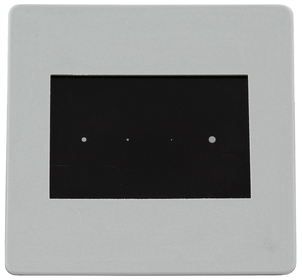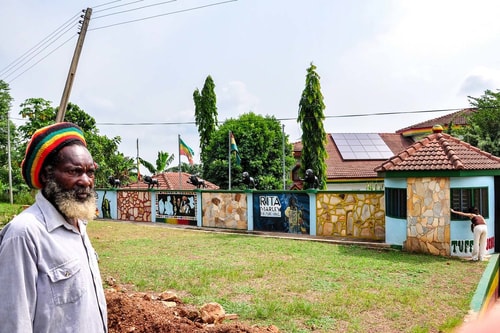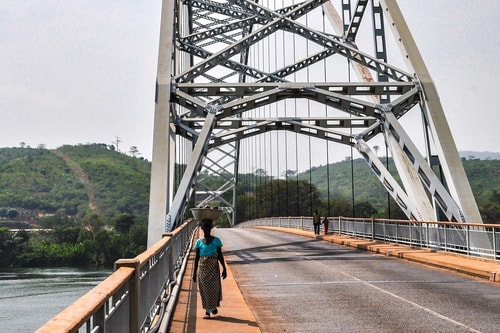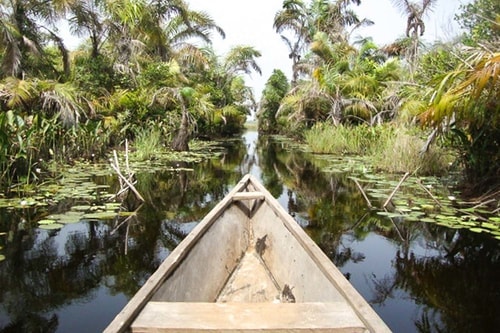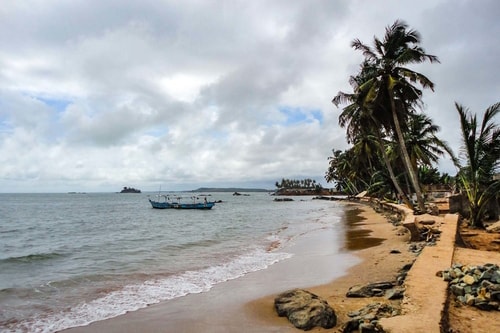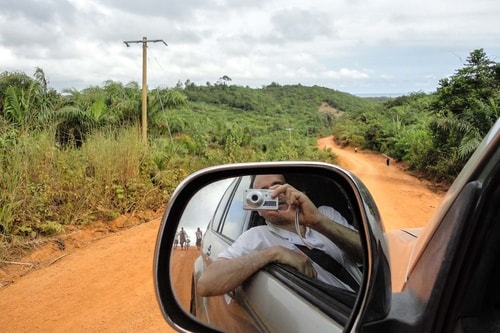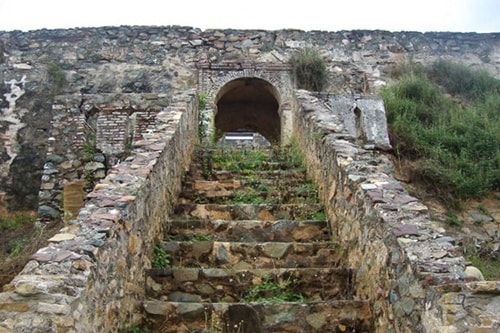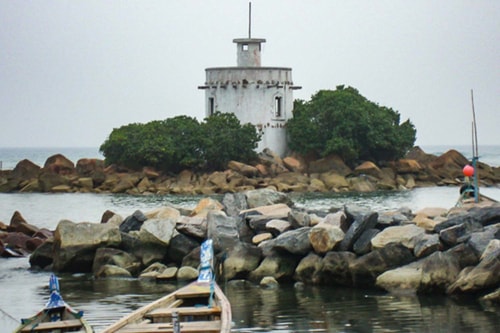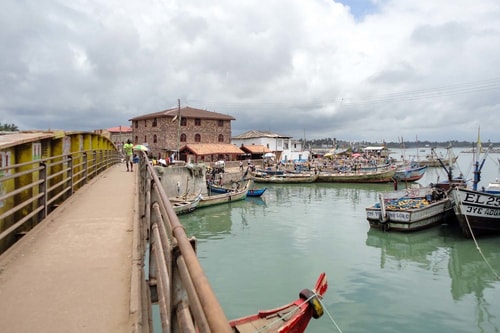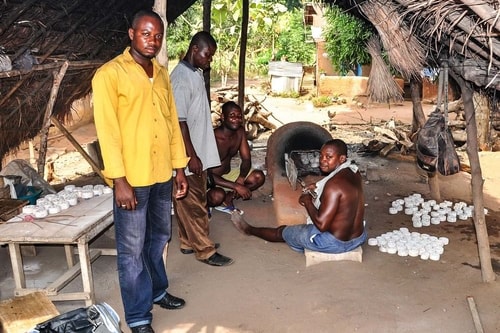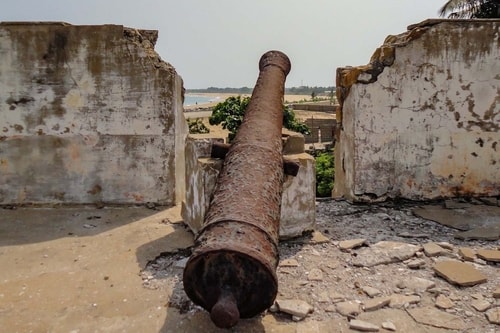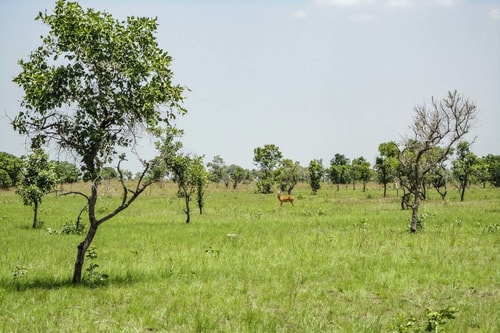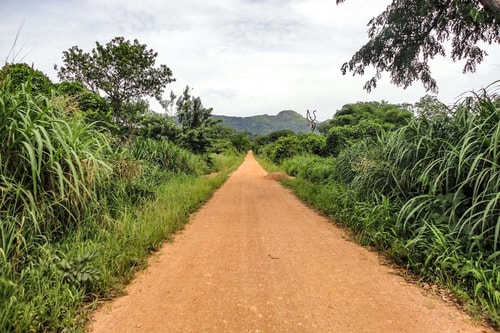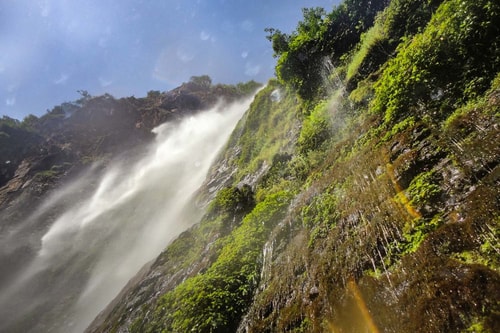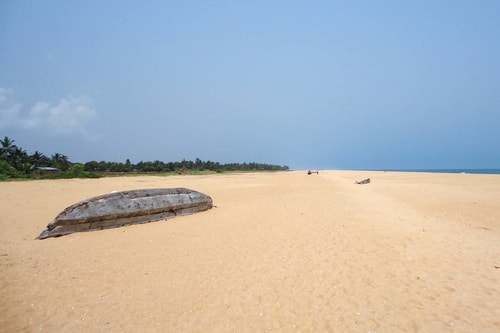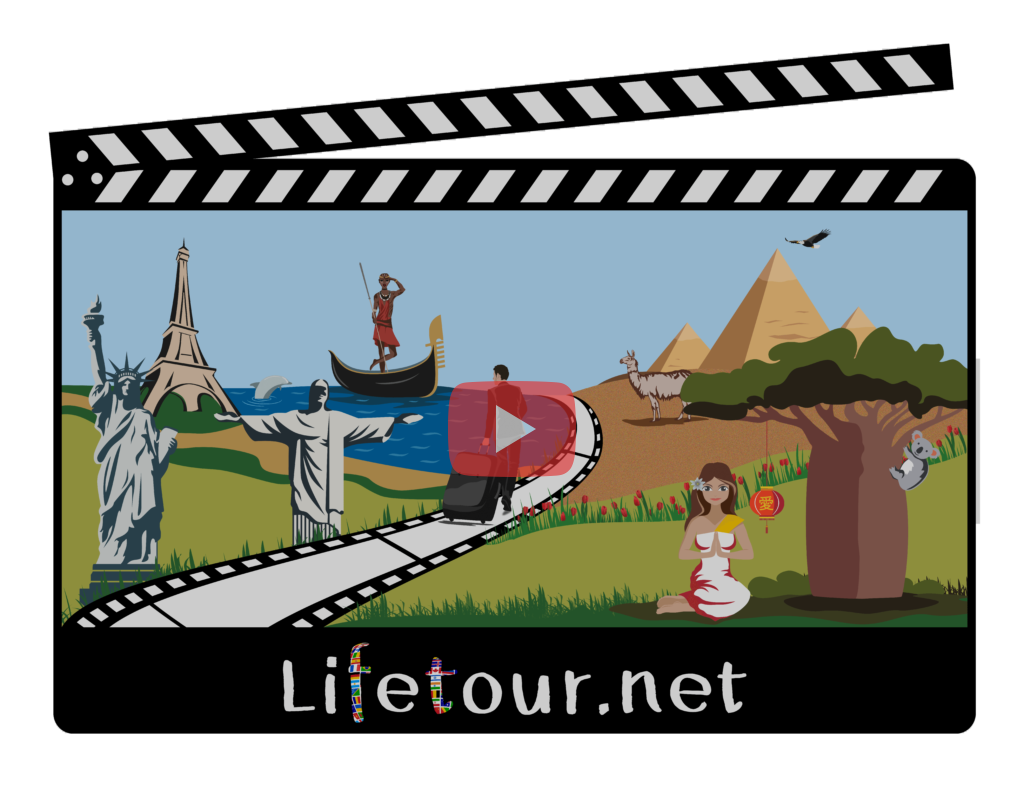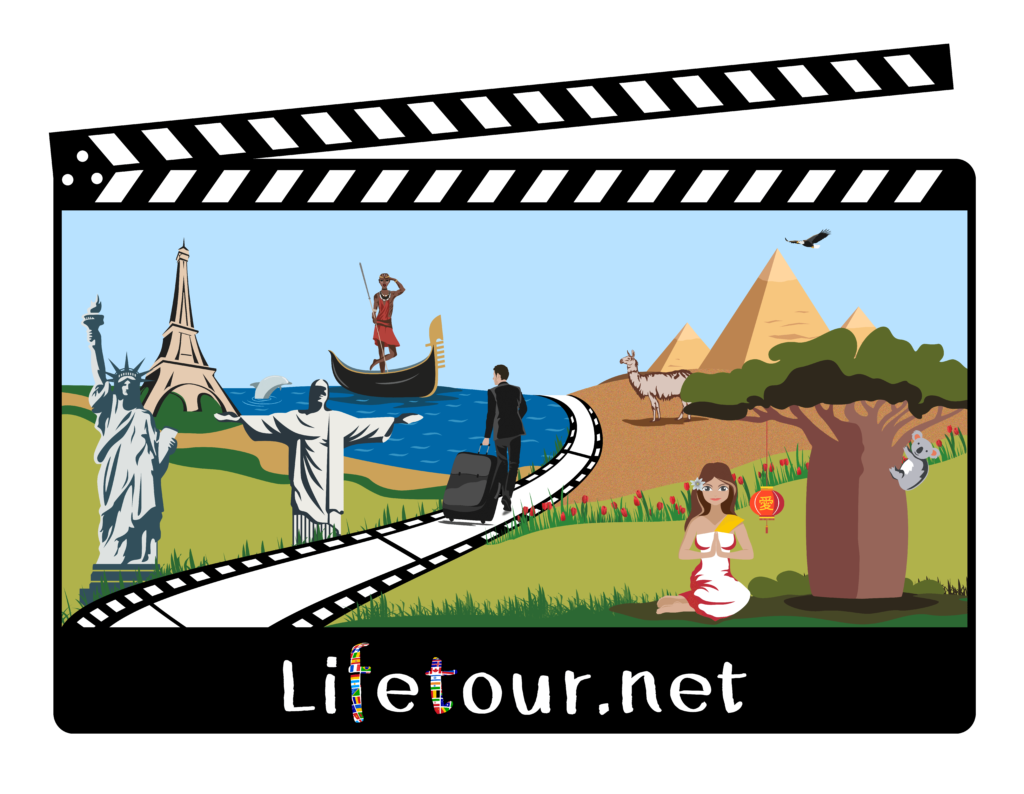GENERAL DESCRIPTION
Ghana, a nation on West Africa’s Gulf of Guinea, is known for its diverse wildlife, old forts and secluded beaches, such as at Busua. Coastal towns Elmina and Cape Coast contain posubans (native shrines), colonial buildings and castles-turned-museums that serve as testimonials to the slave trade. North of Cape Coast, the vast Kakum National Park has a treetop-canopy walkway over the rainforest.
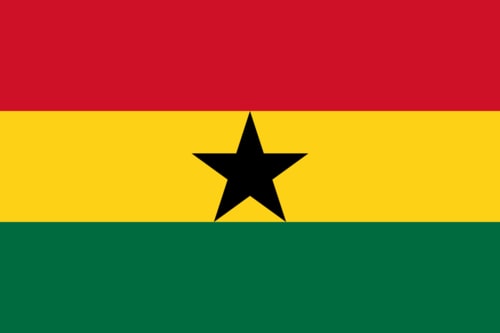
COUNTRY FACTS
POPULATION
28,308,301
RELIGION
Christian, Muslim
CAPITAL
Accra (1,665,086)
LIFE EXPECTANCY
63
GDP PER CAPITA
U.S. $6,998
AREA
239,567 square kilometers (92,497 square miles)
LANGUAGE
English
LITERACY PERCENT
76.6
FABIO'S REVIEW


Coming soon!
LOCATIONS EXPERIENCED
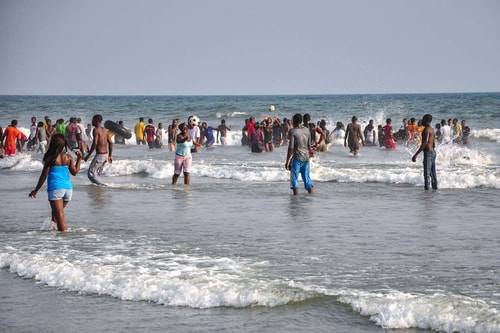
ACCRA
Accra is the capital of Ghana, on the Atlantic coast of West Africa. The Kwame Nkrumah Memorial Park honors Ghana’s first president, who helped lead the country to independence. The park contains the Nkrumah’s mausoleum and a museum charting his life. On the other side of town, the Makola Market is the city’s vast, colorful bazaar. Popular seafront spots Labadi Beach and Kokrobite Beach offer golden sand and high-energy nightlife.
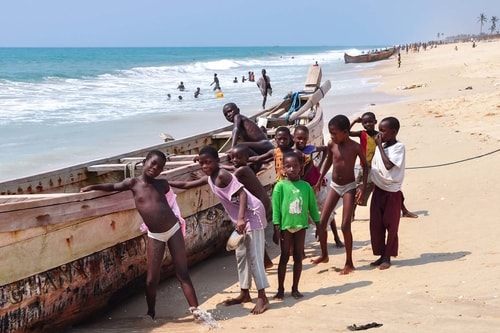
ADA FOAH
Ada Foah is a town on the southeast coast of Ghana, where the Volta River meets the Atlantic Ocean. It is known for palm-lined beaches and estuary islands. Marine turtles breed in the area. On the seafront are traces of Fort Kongenstein, built by 18th-century Danish traders. Next to the old Presbyterian Church is a 19th-century missionary cemetery. Songor Lagoon is a wetland area with numerous bird species.
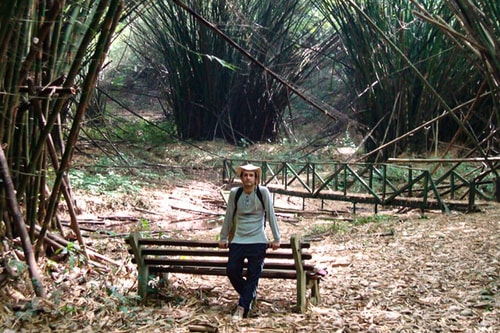
ANKASA CONSERVATION AREA
The Ankasa Conservation Area lies in Southwest Ghana on the border with the Ivory Coast. Covering 509 square kilometers, this protected area falls within an ancient rainforest and is the most biodiverse in Ghana. It is home to over 800 plant species, including some endemic ones like the recently discovered Psychotria.
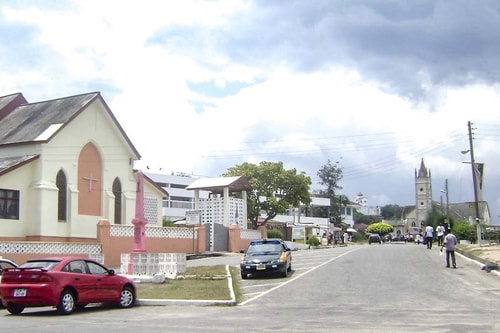
CAPE COAST
Cape Coast is the capital of the Central Region, in southern Ghana. It is known for its role in the transatlantic slave trade. Overlooking the Gulf of Guinea, the Cape Coast Castle is a large whitewashed fort built by the Swedish in the 17th century. It was later used by the British as a holding prison for slaves. Inside, the Castle Museum has exhibits on pre-colonial local history, the slave trade and traditional crafts.
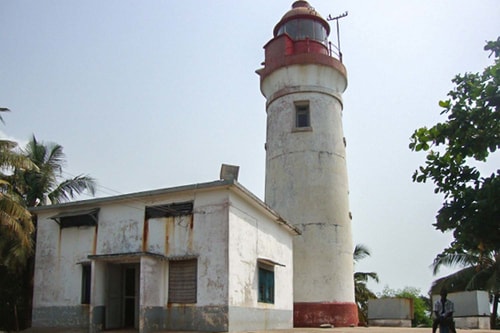
CAPE THREE POINTS
Forming the southernmost tip of Ghana, Cape Three Points is located near the coastal village of Dixcove. Cape Three Points is known as the "land nearest nowhere" because it is the land nearest a location in the sea which is at 0 latitude, 0 longitude and 0 altitude. It marks the western end of the Gulf of Guinea.
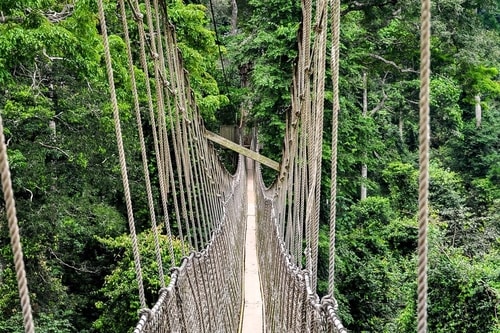
KAKUM NATIONAL PARK
The Kakum National Park is located approximately 30 km north of Cape Coast. It is an area of rainforest, home to endangered mammals such as forest elephants, bongo antelopes and primates like the Diana monkey. The park is rich in butterflies and birds, including African grey parrots and hornbills. The Canopy Walkway, suspended 30 meters above the ground, provides treetop views of the forest.

KUMASI
Kumasi is the capital city of the Ashanti Region, in southern Ghana. It is known as the epicenter of the Ashanti culture. In the huge, open-air Kejetia Market, stalls sell everything from glass beads to Ashanti sandals. The National Cultural Centre offers craft workshops and dance performances; it also includes the Prempeh II Jubilee Museum, which displays jewelry and ceremonial clothing belonging to the 20th-century Ashanti king.
ACCRA

Accra is the capital of Ghana, on the Atlantic coast of West Africa. The Kwame Nkrumah Memorial Park honors Ghana’s first president, who helped lead the country to independence. The park contains the Nkrumah’s mausoleum and a museum charting his life. On the other side of town, the Makola Market is the city’s vast, colorful bazaar. Popular seafront spots Labadi Beach and Kokrobite Beach offer golden sand and high-energy nightlife.
ADA FOAH

Ada Foah is a town on the southeast coast of Ghana, where the Volta River meets the Atlantic Ocean. It is known for palm-lined beaches and estuary islands. Marine turtles breed in the area. On the seafront are traces of Fort Kongenstein, built by 18th-century Danish traders. Next to the old Presbyterian Church is a 19th-century missionary cemetery. Songor Lagoon is a wetland area with numerous bird species.
ANKASA CONSERVATION AREA

The Ankasa Conservation Area lies in Southwest Ghana on the border with the Ivory Coast. Covering 509 square kilometers, this protected area falls within an ancient rainforest and is the most biodiverse in Ghana. It is home to over 800 plant species, including some endemic ones like the recently discovered Psychotria.
CAPE COAST

Cape Coast is the capital of the Central Region, in southern Ghana. It is known for its role in the transatlantic slave trade. Overlooking the Gulf of Guinea, the Cape Coast Castle is a large whitewashed fort built by the Swedish in the 17th century. It was later used by the British as a holding prison for slaves. Inside, the Castle Museum has exhibits on pre-colonial local history, the slave trade and traditional crafts.
CAPE THREE POINTS

Forming the southernmost tip of Ghana, Cape Three Points is located near the coastal village of Dixcove. Cape Three Points is known as the "land nearest nowhere" because it is the land nearest a location in the sea which is at 0 latitude, 0 longitude and 0 altitude. It marks the western end of the Gulf of Guinea.
KAKUM NATIONAL PARK

The Kakum National Park is located approximately 30 km north of Cape Coast. It is an area of rainforest, home to endangered mammals such as forest elephants, bongo antelopes and primates like the Diana monkey. The park is rich in butterflies and birds, including African grey parrots and hornbills. The Canopy Walkway, suspended 30 meters above the ground, provides treetop views of the forest.
KUMASI

Kumasi is the capital city of the Ashanti Region, in southern Ghana. It is known as the epicenter of the Ashanti culture. In the huge, open-air Kejetia Market, stalls sell everything from glass beads to Ashanti sandals. The National Cultural Centre offers craft workshops and dance performances; it also includes the Prempeh II Jubilee Museum, which displays jewelry and ceremonial clothing belonging to the 20th-century Ashanti king.
MAP
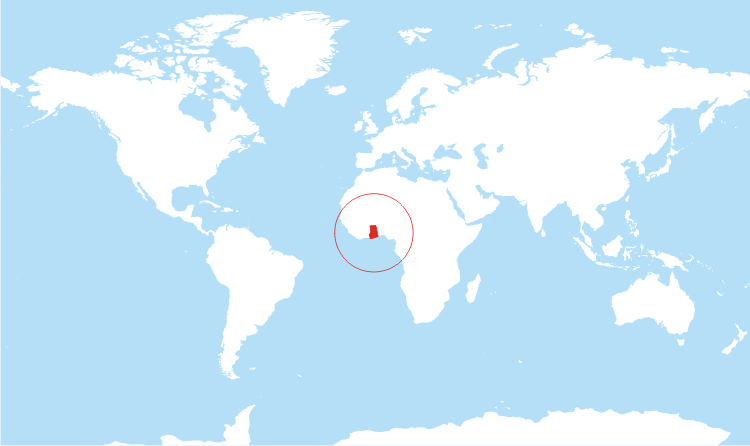
VIDEOS
Check out my YouTube page for all videos!
RESOURCES
This section is currently under construction.
